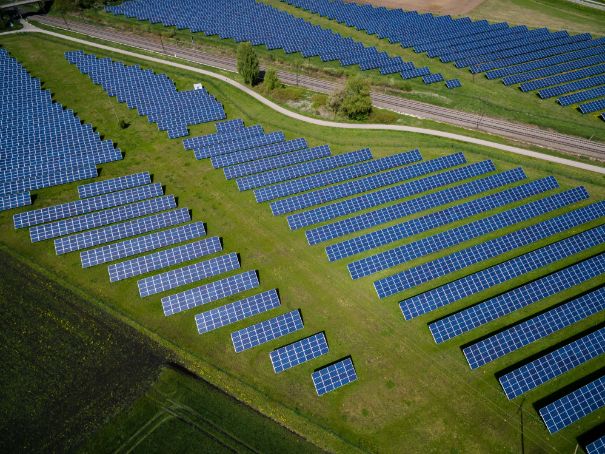The figure is 4.6 percentage points higher than the prior high point from September and is compared to a maximum of 30% five years ago.
The production of renewable energy set a new record on Friday, briefly providing more than two-thirds of the power in Australia’s primary grid.
The Australian Energy Market Operator (AEMO) reports that the milestone was reached at 12:30 p.m. with a contribution of 68.7%, or 18,882 MW, from renewable sources.
The figure surpasses the previous record by 4.6 percentage points, which was established on September 18th.
Distributed solar contributed 34% of the total power in the grid on Friday, surpassing black coal’s 22% share.
30-minute intervals are used to measure renewable penetration rates, which show quick contributions to the grid.
“It’s very different to 100% renewables 24/7,” said Alison Reeve, the Grattan Institute’s deputy program director for energy and climate change. “It does, however, demonstrate how significantly the grid is altering.”
Further Reading:
- Is Solar Energy Renewable Or Nonrenewable?
- Is Tidal Power Renewable Or Nonrenewable?
- Is Geothermal Energy Renewable Or Nonrenewable?
“The highest we could have achieved five years ago was 30%, and five years prior to that, I doubt anyone had even measured [renewables] because they were so insignificant.”
The management of variable contributions from renewable sources was one difficulty in the energy transition, according to Reeve. “Once the solar has dropped out [at night], the percentage that you need to ramp up your non-renewables up to is a lot higher,” she said.
“Because they can’t ramp up and down that quickly and aren’t good at turning on and off over a few hours periods, coal-fired power plants in particular are being gradually driven off the market.”

Short timescales require a higher responsiveness from gas and hydroelectric generators. Because of high gas prices currently, “when those gas generators come on they set quite a high price in the electricity market,” Reeve said.
The wet weather on Australia’s east coast has recently restricted the use of hydro generators, she continued. “They can’t send too much water down the river because they don’t want to make any flooding worse,” she said.
Another challenge was replacing the “system’s stability” that coal and gas provide to the electricity grid – the ability to drop and raise generation slightly in order to “keep the voltage in the grid balanced”, According to Reeve, this will necessitate more infrastructure for long-term storage, like batteries.
“There will be a natural upper limit to how much of our energy comes from renewable sources until we figure out a way to get other things, like pumped hydro and batteries, to fill that balancing role, and we have enough of those in the system. This is especially true once you start talking about what we can sustain over the course of four or eight hours and move past the instantaneous.”
Reeve described these as “solvable problems”, but which required ironing out of details including costs, storage location and how the services would be valued.
According to a report released in July by the International Renewable Energy Agency (Irena), Australia is currently a global leader in the use of affordable solar energy.
Australia had the third-lowest utility-scale solar cost in the world in 2021, at $0.042 USD/kWh (AU$0.065), after China and India. This represented a price decline of 21% from the prior year.
In Australia, utility-scale solar electricity has become 90% less expensive on average since 2010, according to Irena data.
Reference: https://www.theguardian.com/australia-news/2022/oct/31/renewable-energy-contributes-record-687-of-power-to-australias-main-grid-for-brief-period
